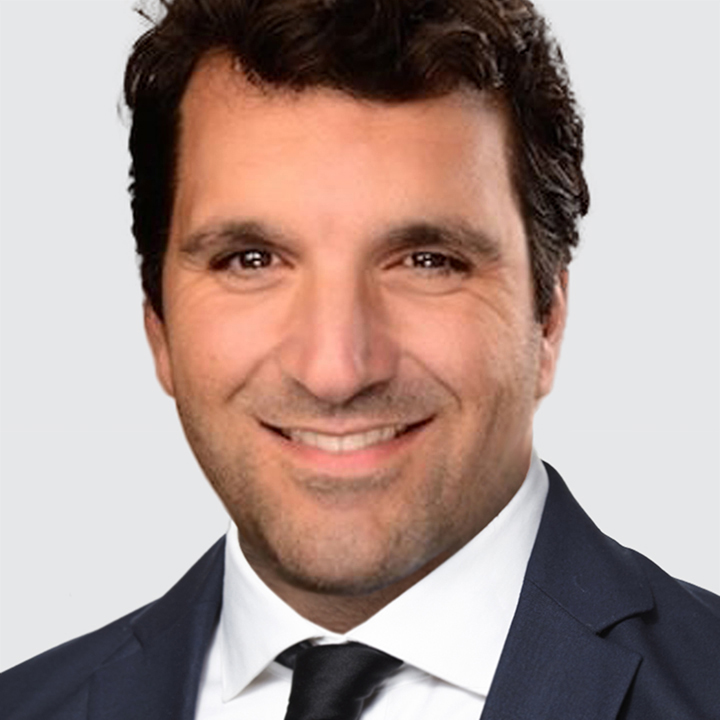Serenity Now
US
Financial market reaction after the US bombed Iran’s nuclear facilities over the weekend is so far restrained. Brent crude oil prices had a kneejerk 5% upswing before paring back most of its gains. S&P500 futures recovered from earlier loss of over 1%. USD is up against all major currencies (except CHF), but momentum has stalled under its 40-day moving average.
A closure of the Strait of Hormuz by Iran, where nearly one-fifth of global oil shipments pass through, is the biggest upside risk to crude oil prices. However, investors should lean against overshoots in crude oil prices. First, Iran relies heavily on this passageway for its own exports. Closing it is unlikely as it would cripple its own economy. Second, the US and allies maintain strong naval presence in the region. Blocking the strait could trigger more severe military repercussions against Iran.
The fluid military situation between the US and Iran can continue to lend USD a safe-haven bid. Iranian Foreign Minister Abbas Araghchi warned his country “reserves all options to defend its sovereignty, interests, and people,” and US President Donald Trump raised the possibility of “regime change” in Iran. Moreover, USD will likely remain supported in the near-term as the Fed is in no hurry to resume easing.
Nevertheless, the fundamental USD downtrend is intact: (i) the Trump administration implicitly supports a weaker dollar, (ii) the US economy faces stagflation risk, and (iii) confidence in US trade, fiscal, and security policies has taken a big hit.
The US June S&P Global preliminary PMI will offer a fresh update on private sector economic activity (2:45pm London). Manufacturing is expected at 51.0 vs. 52.0 in May, services is projected at 52.9 vs. 53.7 in May, and the composite index is forecast at 52.1 vs. 53.0 in May.
There are a few Fed speakers today. Governor Christopher Waller, Vice Chair for supervision Michelle Bowman, Chicago Fed President Austan Goolsbee (2025 voter), New York Fed President John Williams, and Governor Adriana Kugler.
Given the recent shift toward a less dovish dot plot, most Fed officials are likely to adopt a cautious tone on further easing. While the 2025 median dots still implied 50bps of rate cuts (in line with market pricing), the distribution of dots showed: (i) more officials project no change in rates (7 vs. 4 in March), (ii) less officials expect one cut (2 vs. 4 in March), and (iii) less officials see two cuts (8 vs. 9 in March). Like in March, 2 officials have three cuts penciled-in the rest of this year. We suspect Waller is one of the two dovish outliers as he said Friday the Fed can lower rates “as early as July.”
EUROZONE
EUR/USD slipped to a low near 1.1454 overnight before bouncing back to 1.1500. The Eurozone June preliminary PMI is up next (9:00am London). Manufacturing is expected at 49.8 vs. 49.4 in May, services is projected at 50.0 vs. 49.7 in May, and the composite index is forecast at 50.5 vs. 50.2 in May. The composite PMIs for German and France are expected at 49.1 (vs. 48.5 in May) and 49.3 (vs. 49.3 in May), respectively.
The ECB is almost done easing which is EUR supportive. The swaps market implies one 25bps rate cut over the next 12 months and the policy rate to bottom at 1.75%. ECB President Christine Lagarde speaks (2:00pm London).
UK
GBP/USD is consolidating above key support at 1.3400. The UK June preliminary PMI will likely point at soft economic activity (9:30am London). Manufacturing is expected at 46.9 vs. 46.4 in May, services is projected at 51.3 vs. 50.9 in May, and the composite index is forecast at 50.5 vs. 50.3 in May.
We expect the Bank of England (BOE) to cut rates at its next August 7 meeting which is a drag for GBP. The swaps market implies 58% odds of an August cut and a total of nearly 75bps of easing over the next 12 months.
JAPAN
JPY is underperforming most major currencies with USD/JPY rallying to more than a one month high at 147.30. The brief spike up in crude oil prices is undermining JPY due to Japan’s status as a major net oil importer. Regardless, the yen’s traditional role in risk-off environment - backed by Japan’s massive foreign wealth - should reassert itself and support a firmer JPY. The next major resistance for USD/JPY is offered at 148.65, the May 12 high.
Japan private sector growth gains traction in June. The composite PMI improved 1.2 points to a four-month high at 51.4 driven by services and manufacturing. The services PMI rose 0.5 points to a two-month high at 51.5, and the manufacturing PMI increased 1 point to a 14-month high at 50.4. The swaps market ignored the data and still implies a total of 50bps of BOJ rate hikes to 1.00% over the next three years.
AUSTRALIA
AUD/USD fell as much as 1.5% from Friday’s high to important support at 0.6400 on USD strength. Australia private sector growth gains traction in June. The composite PMI improved 0.7 points to a three-month high at 51.2 driven by services. The services PMI rose 0.7 points to a three-month high at 51.3 while the manufacturing PMI was unchanged at 51.0.
Nonetheless, softening inflationary pressures argues for more RBA rate cuts. According to S&P Global, the rate of input cost inflation eased to a seven-month low in June, falling below the series average. RBA cash rate futures imply 86% odds of a 25bps cut to 3.60% at the July 8 meeting and a total of between 75bps and 100bps of easing over the next 12 months.

